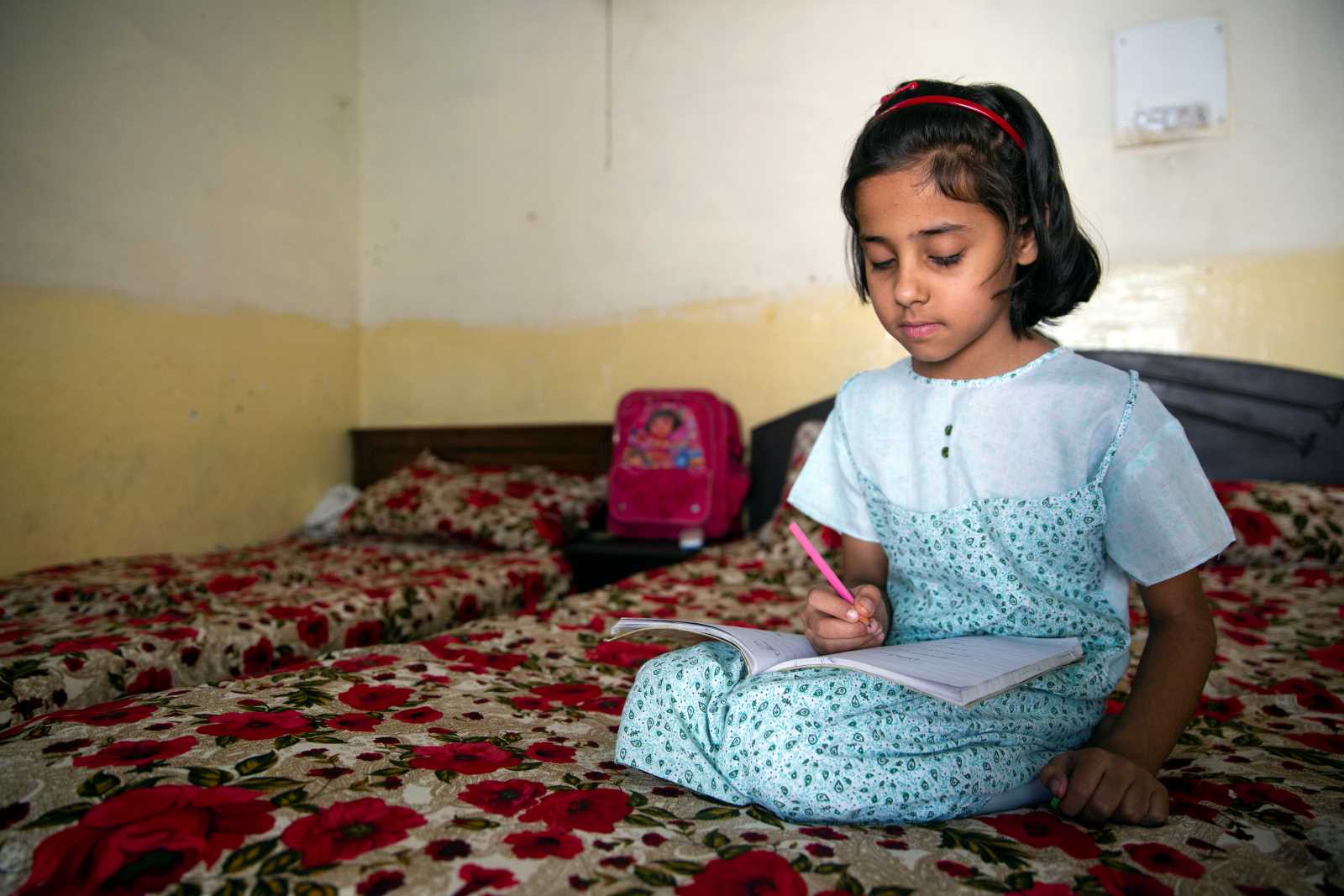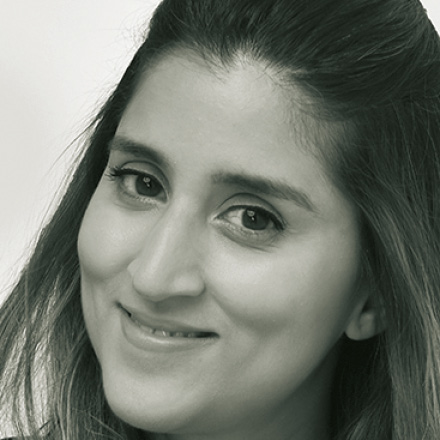World Health Organization
Funding for clean water

Drinking water is not easily accessible to everyone around the globe. According to Water.org, a civil-society organisation, many women and girls in Indonesia, for example, “spend an average of six hours per day collecting water”. Walking long distances, but often not getting enough water or only unclean water, they are exposed to health hazards. Women across Asia, Africa and Latin America share their fate.
In 2015, the WHO/UNICEF Joint Monitoring Programme (JMP) estimated that “660 million people don’t have access to adequate drinking-water sources, and over 2.4 billion people worldwide don’t have access to improved sanitation.”
The 6th Sustainable Development Goal (SDG) focuses on clean water and sanitation. Many countries, however, lack funding for improving their water infrastructure. Typically, WASH (water, sanitation and hygiene) programmes are co-funded by various partners, including national governments, service providers, non-governmental organisations, international donor institutions and private households.
To some extent, households build their own WASH infrastructure. For building large-scale infrastructure, there are various sources of funding, including
- tariffs and fees paid by users to service providers,
- loans taken by public utilities,
- bonds sold by governments,
- taxes collected by governments,
- official development assistance (ODA) in the form of both grants and loans, and
- donations from charitable donors.
The UN-Water recently published a report with the title “Global analysis and assessment of sanitation and drinking-water” (GLAAS) 2017. The document considers financing gaps. It includes data from 75 countries and 25 international agencies. Five key findings are:
- National WASH budgets are increasing as countries strive to achieve the SDGs, but discrepancies between global aspirations and national realities are evident.
- WASH requires more attention and funding. Many people are still unserved by utilities, and the maintenance of existing services needs to be ensured.
- Statistics on WASH matters are improving, providing decision makers with more and better data.
- ODA disbursements are increasing, but future funding is uncertain.
- Though extending WASH services to vulnerable groups is considered to be a policy priority, implementation is lagging behind.
The report shows that the financing mix for WASH efforts varies widely from country to country. Some countries (Brazil, for instance) collect major contributions from households; others (including Kenya and Tajikistan) rely more on ODA. In some countries (Pakistan and Peru for example), the national budget contributes the largest share to WASH expenditure.
In 2015, 319 million people in sub-Saharan Africa lacked access to improved drinking-water sources. In spite of this, “aid commitments to the region have declined”, the GLAAS report points out. In 2015, WASH related ODA committed to the region amounted to $ 1.7 billion, which was more than any other world region received.
Link
UN-Water Global analysis and assessment of sanitation and drinking-water (GLAAS) 2017:
http://www.who.int/water_sanitation_health/publications/glaas-report-2017/en/












